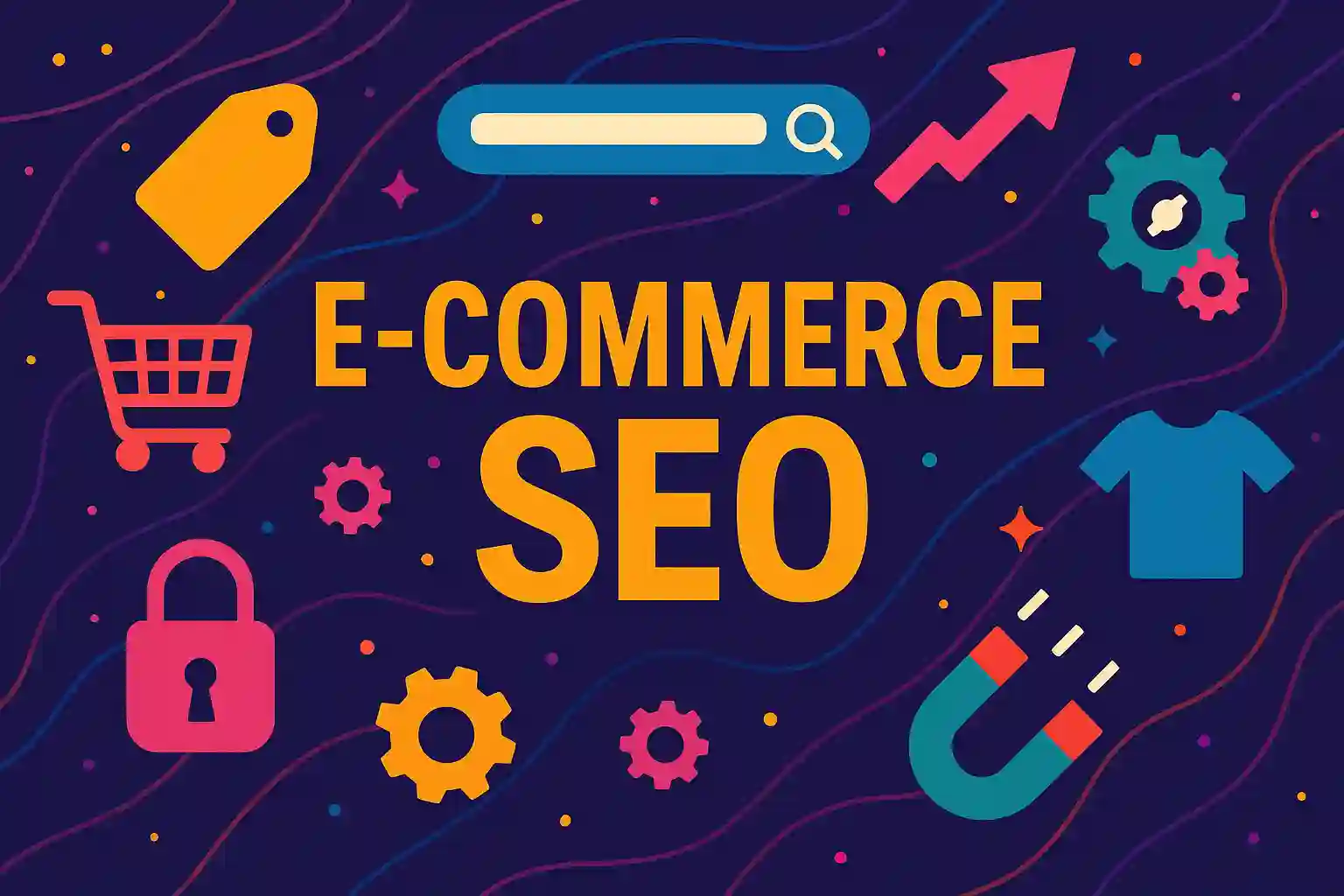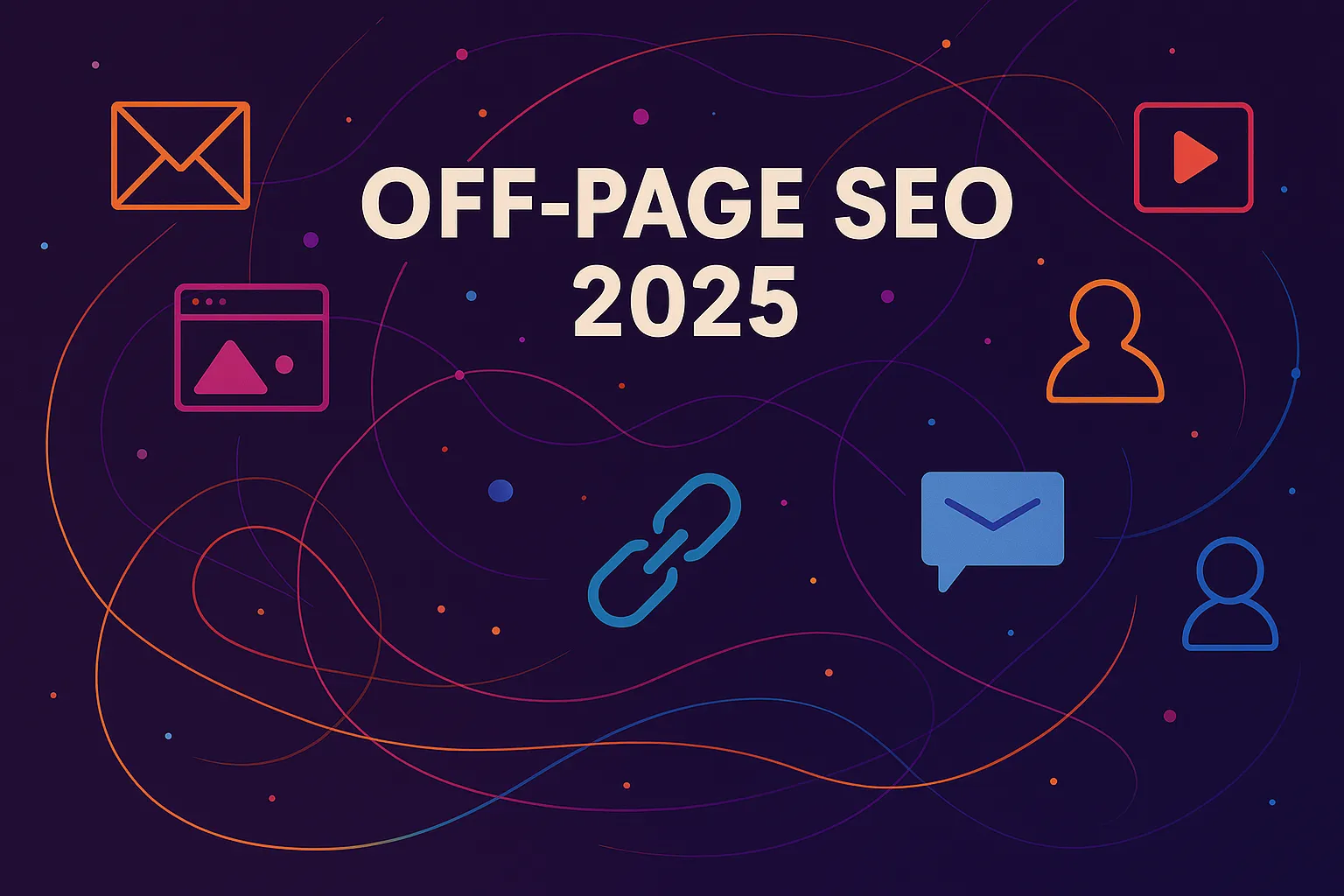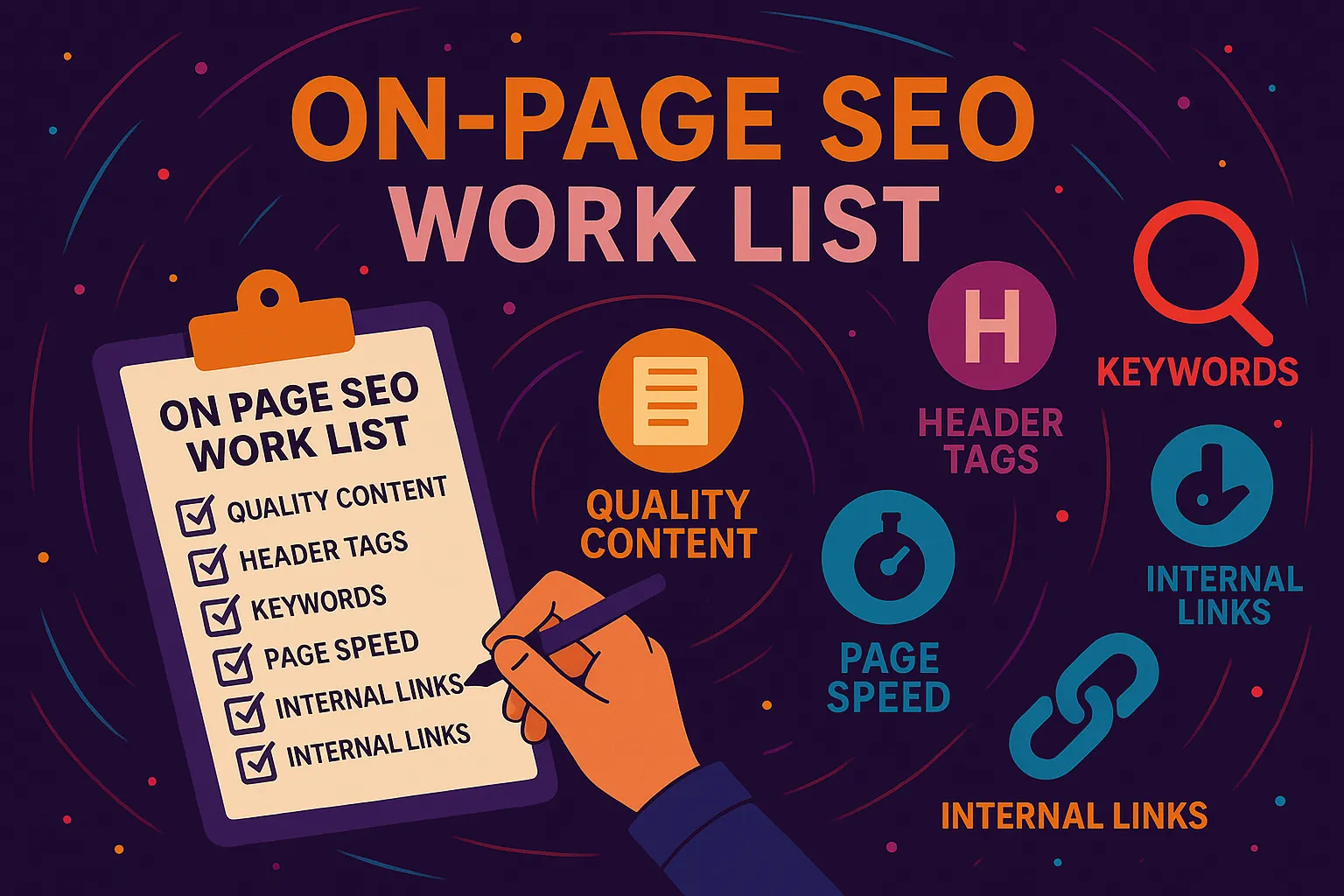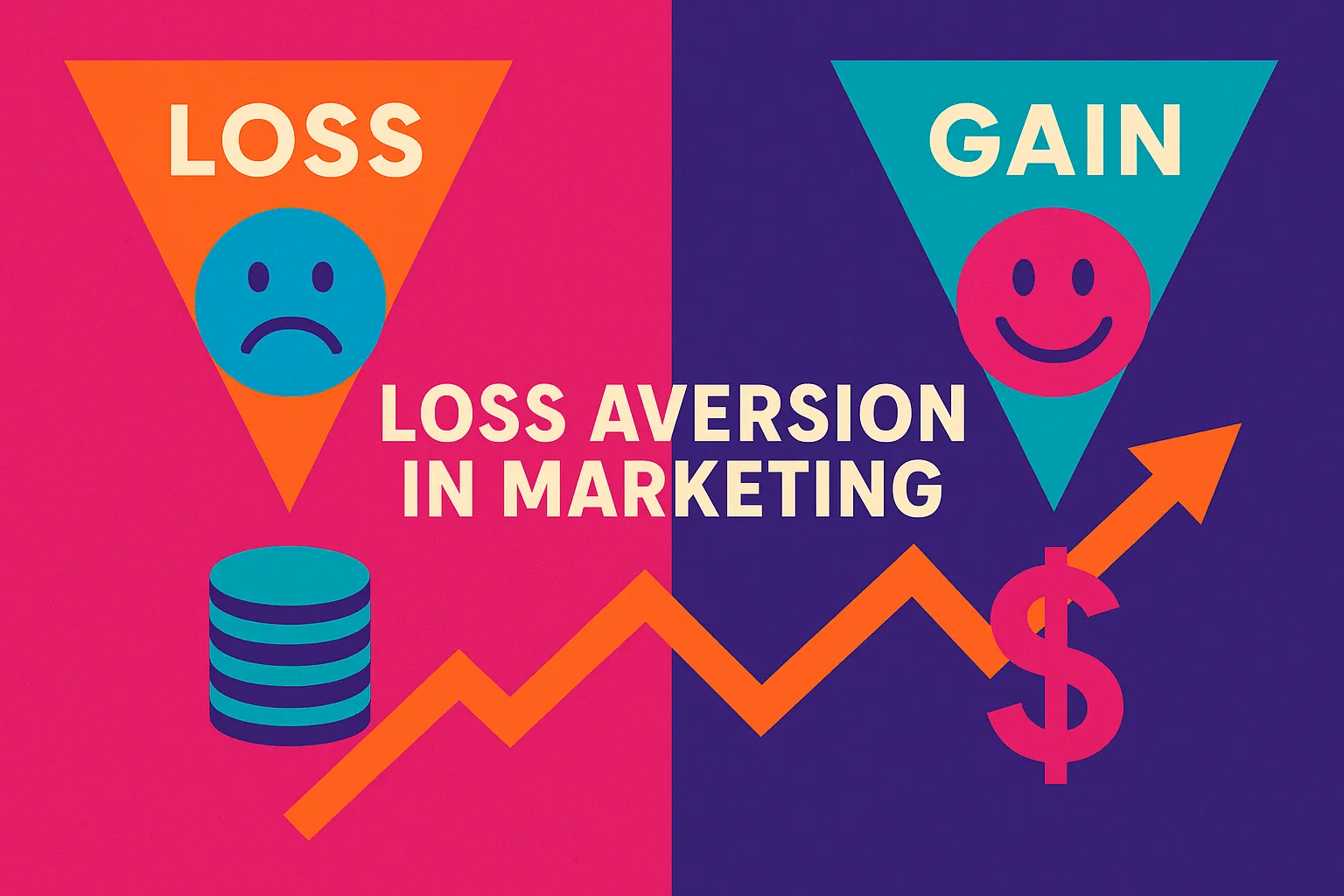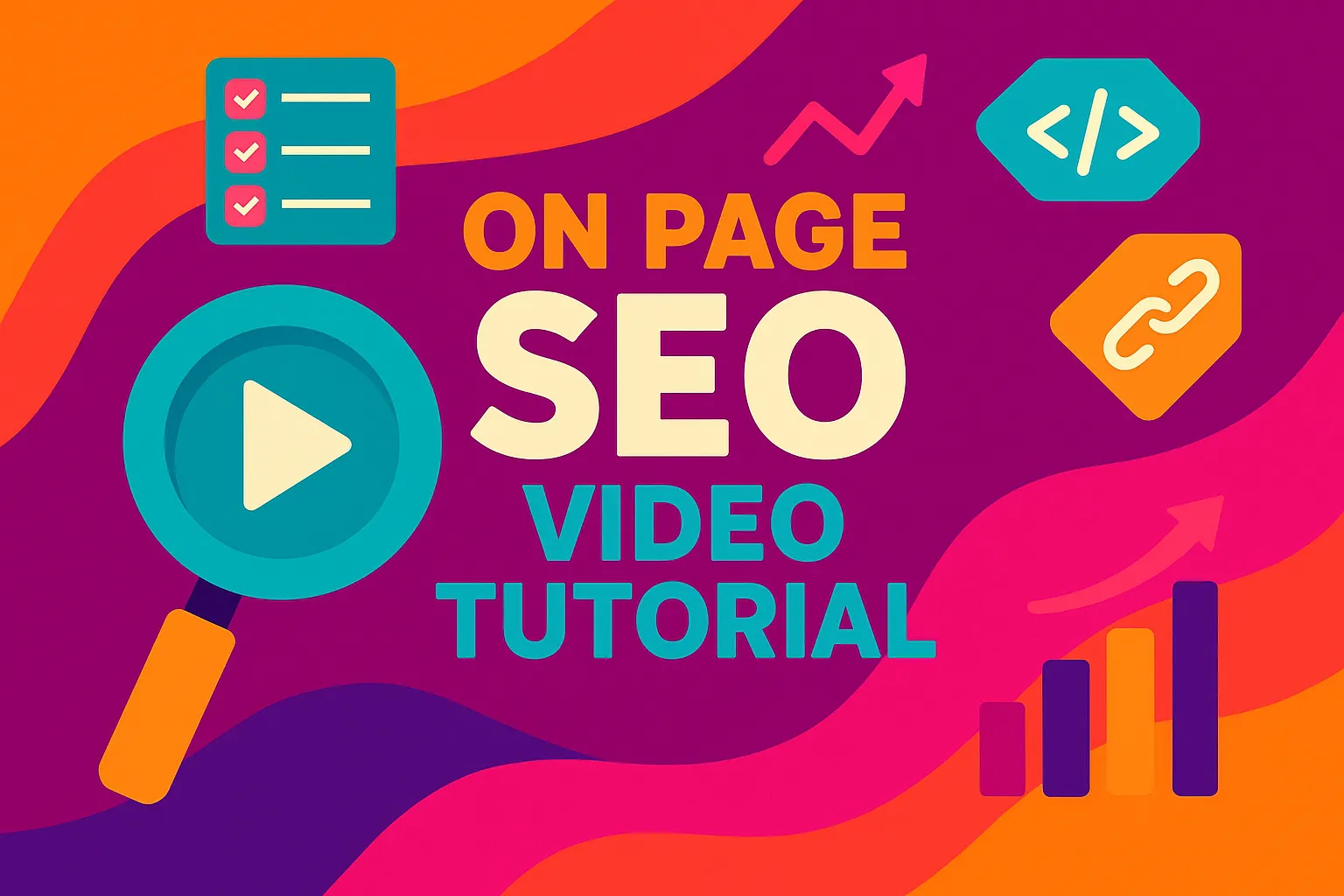What is E-commerce SEO?
E-commerce SEO is the practice of optimizing your online store so that it shows up more often, and more prominently, in search engine results—without needing to pay for ads. Instead of relying on paid traffic, it allows you to attract qualified shoppers who are actively searching for what you sell.
When done right, E-commerce SEO drives long-term traffic, builds trust with users, and creates a steady flow of customers who are ready to buy. At Vibe Branding, we’ve been helping businesses scale organically for over a decade, and e-commerce clients consistently see some of the highest ROI from a strong SEO foundation.
TL;DR – What You’ll Learn in This Guide on Off-Page SEO
- Why E-commerce SEO is critical for sustainable online store growth
- How to optimize product and category pages for search engines
- How to do keyword research tailored to e-commerce intent
- Common SEO problems and how to fix them fast
- Tips for optimizing technical SEO, link building, and content
- Tools we use at Vibe Branding to monitor and scale results
- Personal insights from a decade of real-world digital marketing experience
Why E-commerce SEO is Essential for Online Stores
From my experience working with online retailers, both scrappy startups and growing D2C brands, the biggest shift in revenue has come not from paid ads but from implementing effective E-commerce SEO strategies. When your site ranks on the first page for terms like “organic dog treats” or “vegan yoga mats,” you’re meeting customers exactly where their intent is—in the search bar.
Unlike paid campaigns that stop performing the moment your budget runs out, SEO builds momentum over time. We’ve helped clients reduce ad spend by 30% while increasing organic revenue by 65%, simply through SEO-focused efforts. It’s a strategy that compounds.
SEO is also essential because buyers trust organic results more than paid listings. Think about it—when was the last time you clicked an ad over a well-ranked organic product page?
Chances are, if the listing feels natural and informative, you’re more inclined to engage. That credibility is worth gold, and it’s exactly what a strong E-commerce SEO strategy delivers.
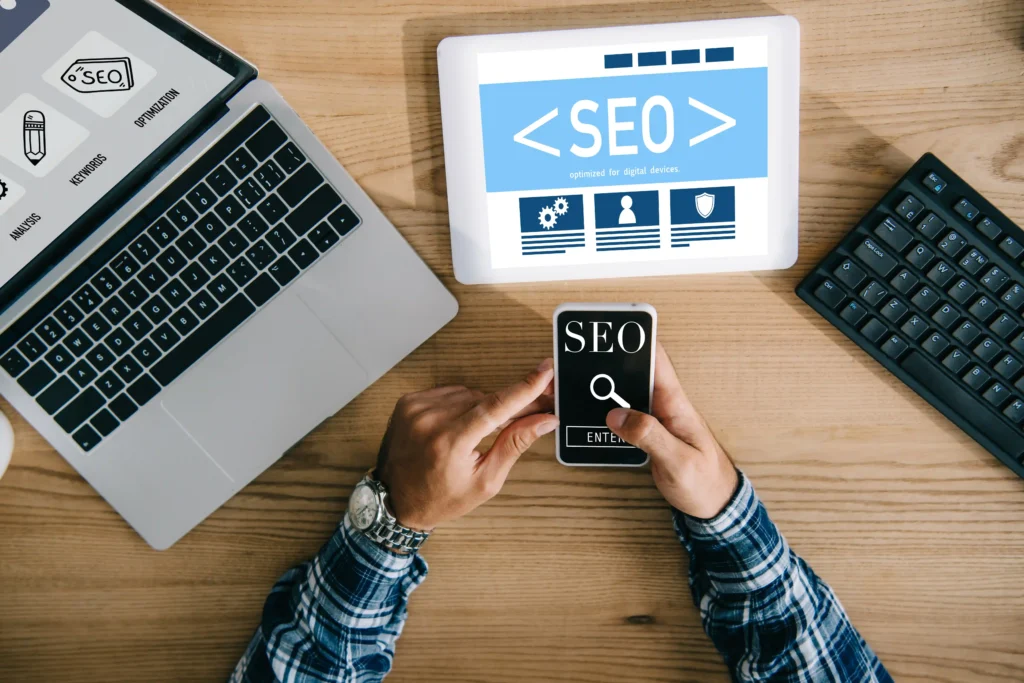
How We Approach On-Page SEO for Product and Category Pages
When we audit new client sites at Vibe Branding, one of the first issues we notice is poorly optimized product and category pages. These are the money pages—they’re where conversions happen, so they need to be optimized not just for Google, but for real people.
First, we make sure every product and category page has a unique and keyword-rich title tag and meta description. These two lines are often your first impression in the search results, so clarity and relevance are key.
Next, we optimize the H1 tags, ensuring the product name or category is front and center. But content matters too—no more generic, copy-pasted descriptions.
Each product should have at least 300 words of original, helpful content that addresses benefits, specifications, and use cases. We also leverage structured data markup (schema) so that reviews, price, and availability show up as rich snippets.
This increases visibility and click-through rates. And lastly, we focus on image alt text and file names to ensure even product images support the SEO goals.
It’s these small, technical tweaks that elevate a product page from average to top-performing.
How to Perform Keyword Research for E-commerce
Keyword research for e-commerce isn’t the same as blogging or service-based businesses. You’re targeting people with buying intent, which means transactional and commercial keywords matter most.
We start every campaign by building out buyer personas and mapping out what they might search for during each phase of their journey. For example, someone searching “best waterproof hiking boots” is in comparison mode.
But someone searching “buy men’s waterproof hiking boots size 11” is ready to purchase. We prioritize long-tail, high-converting keywords like this.
Tools like Semrush and Ahrefs help, but we also mine Amazon, Reddit, and Google Autocomplete for real-world phrases customers use. Once we gather our keywords, we group them by category or product type and assign them to the right page.
This ensures each URL targets a specific set of terms, avoids cannibalization, and gives Google clarity about your site’s structure. Keyword intent plus keyword placement—that’s the winning combo.

Common E-commerce SEO Problems (and How to Fix Them)
You’d be surprised how many e-commerce stores have amazing products but are completely invisible in search engines because of technical or structural issues. One common problem is duplicate content, especially for products with slight variations.
If Google sees 12 pages that look nearly identical, it won’t know which one to rank—so it may not rank any. To fix this, we use canonical tags to tell Google which version of the page to prioritize.
Another common issue is thin content—pages with less than 100 words and no real value. We combat this by building out robust descriptions, adding FAQs, and leveraging customer reviews to increase word count naturally.
Slow load times are another SEO killer. If your pages take more than 3 seconds to load, especially on mobile, bounce rates will spike.
We address this with image compression, lazy loading, and better hosting. Also, internal linking is often neglected.
We fix orphaned product pages by connecting them via collections, blog content, or “related items” widgets. Broken links, poor mobile UX, and missing sitemaps are all issues we frequently see.
The fix? Monthly audits and a solid technical checklist.
It’s not glamorous, but it works.
Optimizing Product Pages for People and Search Engines
At Vibe Branding, we always remind clients that SEO isn’t just for bots—it’s for buyers. So while we optimize for Google’s algorithms, we write and design for humans.
A great product page doesn’t just rank; it converts. We recommend starting each product page with a compelling headline that includes the target keyword.
Then, use the first 100 words to highlight the biggest benefit—this keeps both Google and customers engaged. From there, we add specs, features, and use cases in easy-to-read formats like bullet points and tabs.
One trick we love is including video demonstrations. Not only do they increase time on page (a ranking factor), but they also build trust.
Reviews and user-generated content further validate the product. Plus, they offer fresh, rotating content that keeps your page dynamic. Schema markup for reviews, pricing, and stock levels gives your page a competitive edge in the SERP.
And finally, always include a CTA above the fold. Make it easy for a ready-to-buy customer to act.
Why Technical SEO is the Backbone of E-commerce Sites
You can have the best content and design in the world, but if your technical SEO is weak, your site won’t perform. We treat technical SEO like the plumbing of a house—you don’t see it, but if it’s broken, everything falls apart.
We start every project with a full site crawl using Screaming Frog or Semrush. We look for crawl errors, redirect chains, duplicate titles, and non-indexed pages.
One major priority is making sure all important pages are no more than 3 clicks from the homepage—this helps distribute authority evenly. We also implement an XML sitemap and submit it to Google Search Console.
Mobile-first indexing is critical now, so we test pages on different screen sizes and prioritize responsive design. Page speed is optimized through compression, code minification, and server-side tweaks.
Security is also key. Sites without HTTPS can lose ranking power and trust.
We ensure all pages are SSL-secured and that mixed content issues are resolved. Robots.txt and canonical tags round out the tech checklist.
No page is left behind.

How Internal Linking Can Power Up E-commerce SEO
Internal linking is like giving Google a map of your store. It shows how pages are connected and helps distribute authority across your site.
At Vibe Branding, we use internal linking not just for SEO, but to improve user navigation and keep people engaged longer. We begin by linking from high-traffic blog posts to relevant product and category pages.
This builds relevance and boosts visibility for those key sales pages. Then, we create “related items” sections on product pages, which helps customers discover more products while strengthening page relationships.
Another method we use is cross-linking between categories. For example, if someone is browsing dog food, we might link them to a guide on dog nutrition or a category for pet supplements.
These links build topical depth and help Google understand your site’s structure better. Site-wide navigation menus, breadcrumb trails, and footer links also play a role.
But we avoid overdoing it. Every link must have a purpose.
The goal is to enhance both SEO and user experience without cluttering the site. We audit internal links quarterly to find orphaned pages (those with no inbound links) and fix them.
With a strong internal linking strategy, we’ve seen sites increase average session duration and improve their rankings significantly.
Building Backlinks That Boost Store Authority
If content is king, backlinks are the kingdom’s currency. In our 10+ years at Vibe Branding, we’ve built backlink strategies that turn stores from invisible to industry leaders.
The key is not quantity, but quality. We start by identifying unlinked brand mentions.
If a blog or news site is already talking about your brand but not linking to you, that’s low-hanging fruit. We reach out and request the link.
Most say yes. Next, we use the “Moving Man” method.
This involves finding outdated or broken competitor links and offering our client’s pages as replacements. It’s a win-win: they fix a bad link, and our client gets new authority.
We also reach out to suppliers or partners to be listed as official resellers. If you sell third-party products, this is a powerful way to get homepage or category links from high-authority domains.
Guest posting is still alive and well, too—especially when you publish on niche-specific blogs that your audience already reads. We create in-depth comparison articles, “best of” lists, and industry trend pieces that link naturally to our client’s store.
Finally, we encourage linkable assets like quizzes, calculators, and BoFu blog posts that solve real problems. These content types get shared more and earn organic links over time.
Integrating SEO with Content, Email, and Paid Media
E-commerce SEO isn’t a silo. At Vibe Branding, we treat it like a foundational layer that integrates with your entire digital strategy.
SEO works best when it’s paired with content marketing, email flows, and even paid campaigns. For example, our BoFu blog posts (like “Best Pet Beds for Small Dogs”) rank for commercial keywords and drive high-intent traffic.
We then retarget those visitors on social with personalized product ads. This approach blends organic discovery with precision marketing.
We also use email to amplify SEO content. Every new product guide or blog post gets sent to segmented lists.
This boosts initial traffic and engagement, which helps with rankings. And when we run paid search campaigns, we use SEO data to guide ad copy and keyword bidding.
We also test headlines and meta descriptions organically before rolling them out in paid formats. The real power comes from alignment.
When your content, SEO, email, and ads are all targeting the same audience with consistent messaging, results accelerate. We’ve seen blended ROAS improve by 20% simply by syncing SEO and paid strategies.
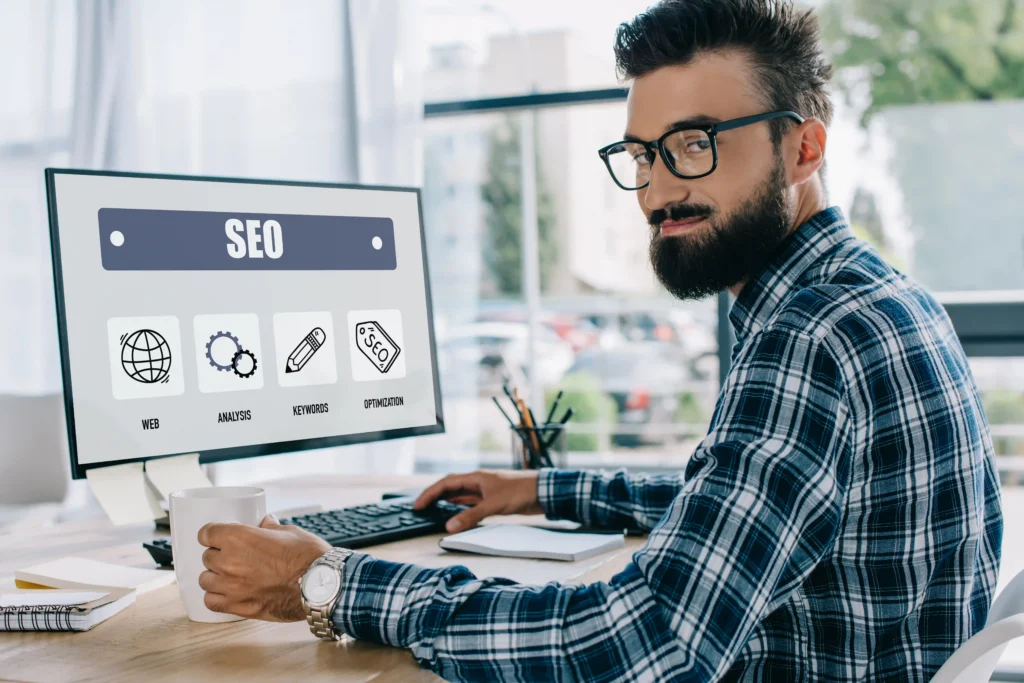
Tools We Use to Manage and Scale E-commerce SEO
At Vibe Branding, we don’t just guess—we measure everything. We use a blend of SEO tools and analytics platforms to ensure our strategies are working and evolving.
Tool | Purpose |
Google Search Console | Track impressions, CTR, indexing |
Semrush | Keyword research, backlinks, audits |
Screaming Frog | Technical SEO crawls |
Google Analytics | Track traffic and conversions |
Hotjar / Clarity | User behavior analysis |
By using the right stack, we can scale what works and fix what doesn’t—fast. SEO isn’t magic; it’s a process. And great tools keep that process clean and measurable.
Stay the Course: SEO That Compounds Over Time
If there’s one truth we’ve learned in 10+ years of running SEO campaigns at Vibe Branding, it’s that consistency beats hacks. E-commerce SEO is not a set-it-and-forget-it tactic.
It’s a flywheel that gains momentum with every optimized page, every new backlink, and every piece of helpful content. We’ve taken stores from zero to 100,000 monthly organic visits in less than a year.
Not because we gamed the algorithm, but because we focused on users. We answered real questions.
We structured pages clearly. We improved technical performance step-by-step.
When clients ask us how long SEO takes to “work,” we tell them this: You’ll see wins early, but the real payoff is in 6 to 12 months. By then, you’ll have built a foundation no paid campaign can compete with.
So whether you’re just starting your store or scaling into new markets, now is the time to invest in your E-commerce SEO strategy. We’ve walked this road many times.
And we’re happy to walk it with you. Let your store get found. Organically.

